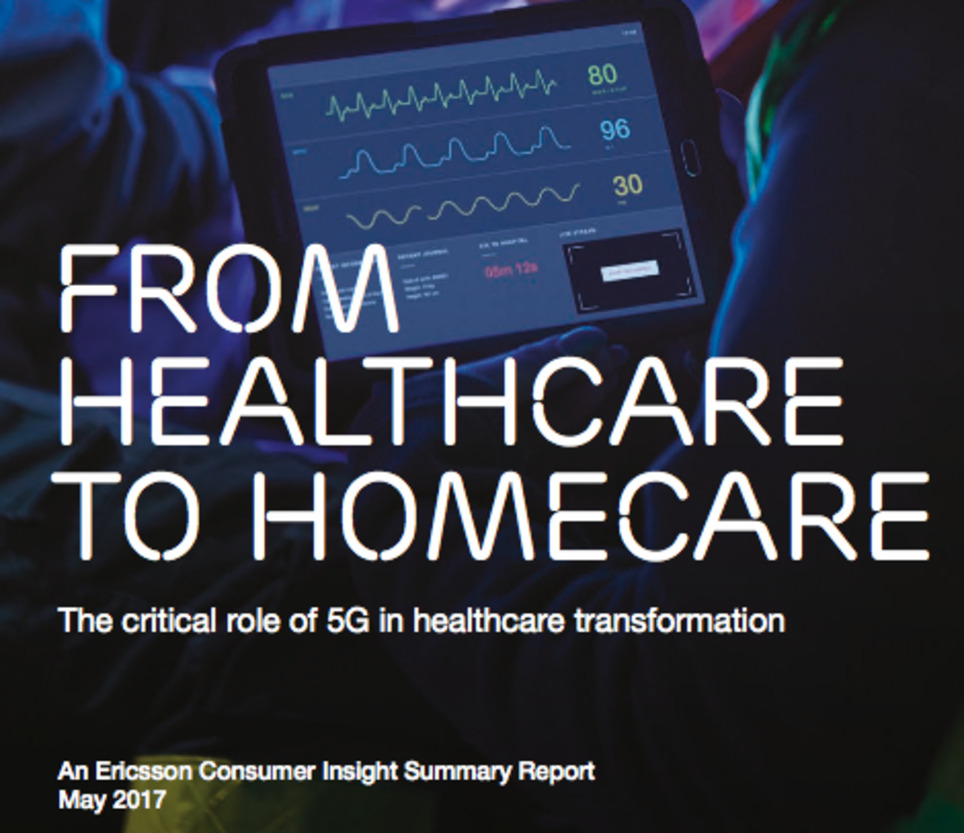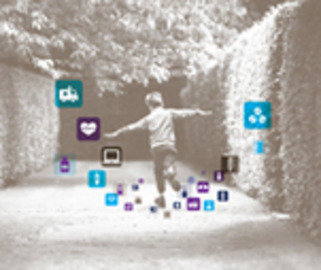New report (May 2017) from Ericsson
Healthcare transformation is taking root, moving away from hospitals and closer to the home.
Key findings
- Healthcare becomes decentralized, moving from hospitals towards homes
Consumers are frustrated with inconveniences and doctor wait times; 39 percent of chronic patients prefer online consultations to face-to-face meetings. Close to two in three consumers say wearables that monitor and administer medication are important to better manage chronic ailments,leading to reduced visits to the doctor. More than half of cross-industry decision makers feel decentralizing healthcare to local centers will improve efficiency and address resource scarcity.
- Patient data is centralized, turning hospitals into data centers
35 percent of consumers say that online access to a central repository of medical records will help them easily manage the quality and efficiency of their care; 45 percent of cross-industry experts consider the central repository as a breakthrough in healthcare provisioning. Access to patient data is considered important to improve healthcare. Doctors will become data scientists and data security will become paramount, as 46 percent of cross-industry decision makers already consider data security to be an issue.
- Increasing dependence on wearables and remote treatments makes 5G essential to provide reliable and secure services
56 percent of consumers worry about their wearable health patches running out of battery; 42 percent of cross-industry decision makers expect devices connected to 5G networks to consume less power. 61 percent of consumers say remote robotic surgery is risky as it relies on the internet; and 35 percent of cross-industry decision makers expect 5G to provide reliable low-latency connections. 47 percent of telecom decision makers say that secure access to an online central repository is a key challenge and expect 5G to address this.



 Your new post is loading...
Your new post is loading...











Mobile development in health care provision demands integrated care. We 've said it before: it urges all stakeholders to work together in a co-creative way - not just "doing things with each other" See http://bit.ly/co-creation-in-care ).
There's more to designing care than just settling on who does what. The art of doing business in care is a thing to learn. There are three different kinds of care: See http://bit.ly/Integration-of-care